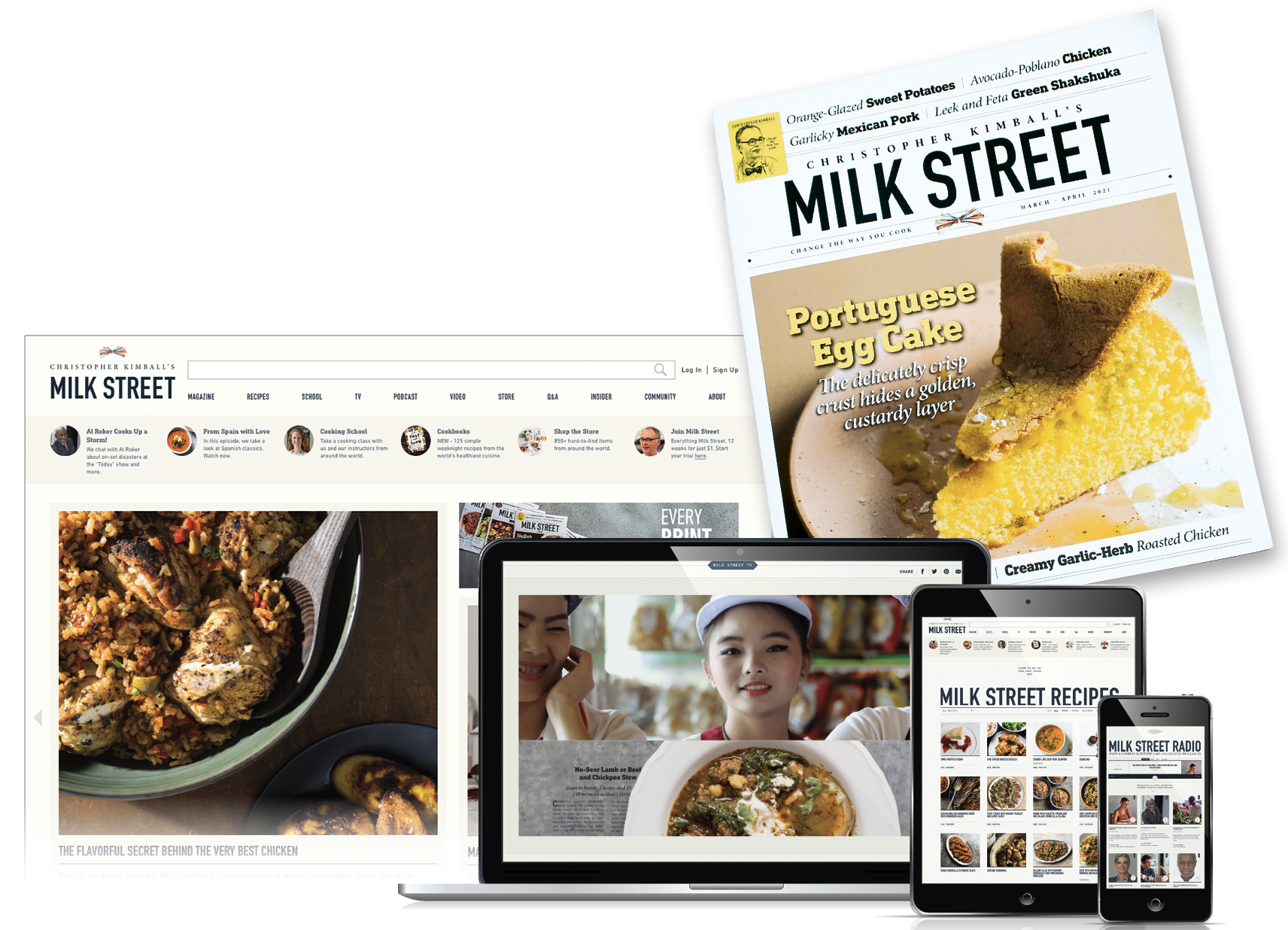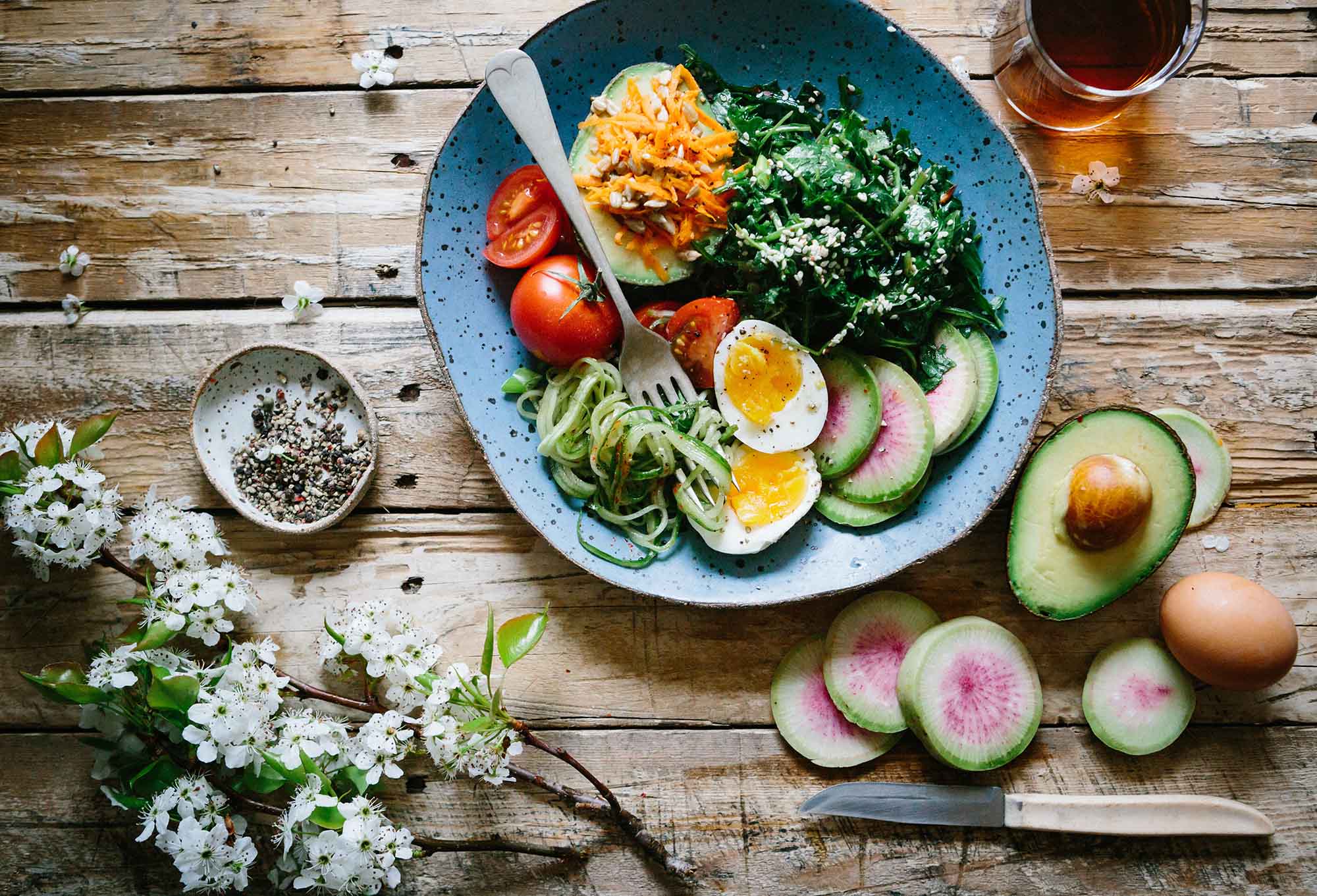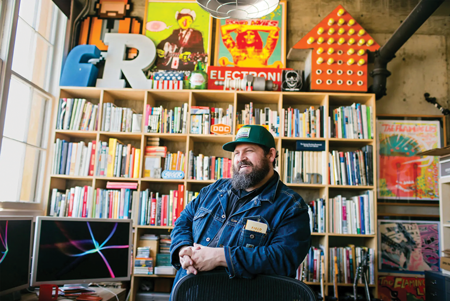In marketing, there’s an adage that says you can’t do everything, so do less—and do it well. This is particularly apt in 2021, when platforms, channels, data, and means of communicating are infinite. There are exceptions to this approach, of course, and Milk Street seems to be one. The myriad ways in which the Boston-based company communicates with its audience and its giving-back activities make it a shoo-in as a Brand We Love.

S tarted by Christopher Kimball in 2016 after he left America’s Test Kitchen (which he cofounded), Milk Street is based on the belief that “all meals are made to be enjoyed” and takes its name from the street address of its location in the city’s historic Flour and Grain Exchange Building. Milk Street offers a “new approach to cooking” through its magazine, cooking school, and public television and radio shows, which are all operated from its Boston location. It’s also where it develops the recipes that its loyalists have come to love.
At the heart of Milk Street’s brand identity is a website that has as much going on as the busy Boston neighborhood in which the company is located. The content on 117MilkStreet.com is jaw-dropping, yet somehow easy to digest (pardon the pun). Beyond the company’s bread and butter (again, pardon the pun)—its cooking school and magazine—Milk Street’s website offers access to a community of worldwide chefs, recipes, a podcast/radio show, how-to videos, an insider area, and an online store that sells cookbooks, kitchenware, spices and various pantry items, cooking utensils, and much more.
Despite the wealth of choices a visitor encounters on the website, it’s surprisingly easy to find what you’re looking for, thanks to its intuitive site navigation and layout. Do you want to shop the online store? Join Milk Street? Look at its cookbooks, see what’s on offer at the cooking school, or join an online cooking class? Everything is visible and straightforward. Even its pop-ups—which are an annoying hindrance on most sites—are difficult to resist, such as the offer to “Enter the Milk Street Giveaway.” Elsewhere, inviting calls to action such as “Join for $1” offer visitors the opportunity to try a 12-week membership plan that includes every Milk Street recipe, a magazine subscription, livestreaming of its TV and radio shows, and access to live cooking shows, every recipe in the cookbook or magazine, and every print issue—all for just one dollar. Yes, one dollar. You’re getting hungry just thinking about it, aren’t you?
Kimball writes in the “About” section of the website that rather than thinking of recipes as belonging to a people and place, “Milk Street offers the opposite—an invitation to the cooks of the world to sit at the same table.” He calls it a “culinary—not cultural—exchange.”
The site backs that up. In the “Community” section of 117MilkStreet.com are profiles of 25 “friends of Milk Street” from across the globe. They are chefs, restaurant owners, culinary instructors, food writers, cookbook authors, and TV hosts. When you click on a profile picture, you’ll see a short bio written by that cook, offering personal insight behind their dishes through rich, personal storytelling. There is also a “Community Recipes” section with recipes from Milk Street’s friends. Beneath the first few lines of each recipe is an invitation to join Milk Street (for that one measly dollar) in order to access the rest of that recipe as well as all the others.
Milk Street Radio, hosted by Kimball and Sara Moulton, is an hour-long podcast and public radio show that features guests from the food industry. Topics range from whether or not junk food is addictive to how to shuck an oyster to the secrets of China’s tea mountains. Even celebrity chefs such as Jamie Oliver have made appearances, and recently, Al Roker shared some laughs about on-set cooking disasters on the Today show!
All that aside, a high-end piece of printed content is at the heart of everything Milk Street does. Published six times per year, Milk Street Magazine is an omnichannel marketing tool that moves people from online to print and vice versa. Each issue ranges from 30 to 40 pages, is free of advertising, and includes step-by-step recipes, feature stories, reviews, and more. A print subscription costs $29.95, but every visitor to the website can get a taste of the magazine by registering for a free issue. The magazine can also be given as a gift in print or digital format (or both) for $24.95, a marketing/sales lever that allows members to attract more members. The company says the print edition is something you will want to keep next to your cookbooks, but the digital format is pretty sweet too. It’s optimized for phones, tablets, and desktops and offers links to videos. A digital subscription to the magazine includes every magazine article, every Milk Street recipe, and every Milk Street Radio and Milk Street TV episode. (We loved that all of their past content is wonderfully organized and served up in an easy-to-consume manner.)
The brand’s video content includes live Q&A sessions that Kimball records on the brand’s YouTube channel, taking cooking questions from fans and then publishing the video links on the Milk Street website. The YouTube channel also has all the Milk Street Television episodes from seasons past, as well as the Milk Street at Home series, in which experts offer recipes from their homes in two-to-six-minute video clips.
On Instagram, @177MilkStreet has more than 200,000 followers with whom the brand shares the faces and stories of its partners, favorite dishes, products for sale, and recipes—all on a grid of photos and videos that is a foodie’s dream. As it does on its Facebook Page, Milk Street uses social media to promote its endless content, linking to articles and videos and podcasts with chefs, authors, and more.
In all, Milk Street’s ecosphere offers a never-ending content extravaganza for everyone from the novice cook in your house (125 simple weeknight recipes) to the more experienced chef looking to add cultural diversification to their culinary repertoire (“From Spain with Love,” a look at Spanish classics). All this content seems to be very well coordinated and promoted, telling us that somewhere, someone has a well-thought-out content and editorial calendar.
The company also gives back to its local community. Proceeds from its public classes fund no-cost cooking lessons for teenagers in the Boston area by partnering with the Boys & Girls Clubs of Dorchester and the Big Sister Association of Greater Boston. To support the Boys & Girls Clubs of Dorchester, Milk Street invites teens to 4-week and 10-week classes, which are held at the Milk Street Cooking School in Boston on Monday evenings. To support the Big Sister Association, the company offers cooking classes to support Big Sister-Little Sister matches and offers career-coaching workshops for teenage girls. Big and Little Sisters can even drop into Milk Street on scheduled Sundays throughout the year for hands-on cooking classes.
Who knows . . . they may be the individuals featured in the Milk Street episodes, podcasts, and magazine issues of tomorrow.







